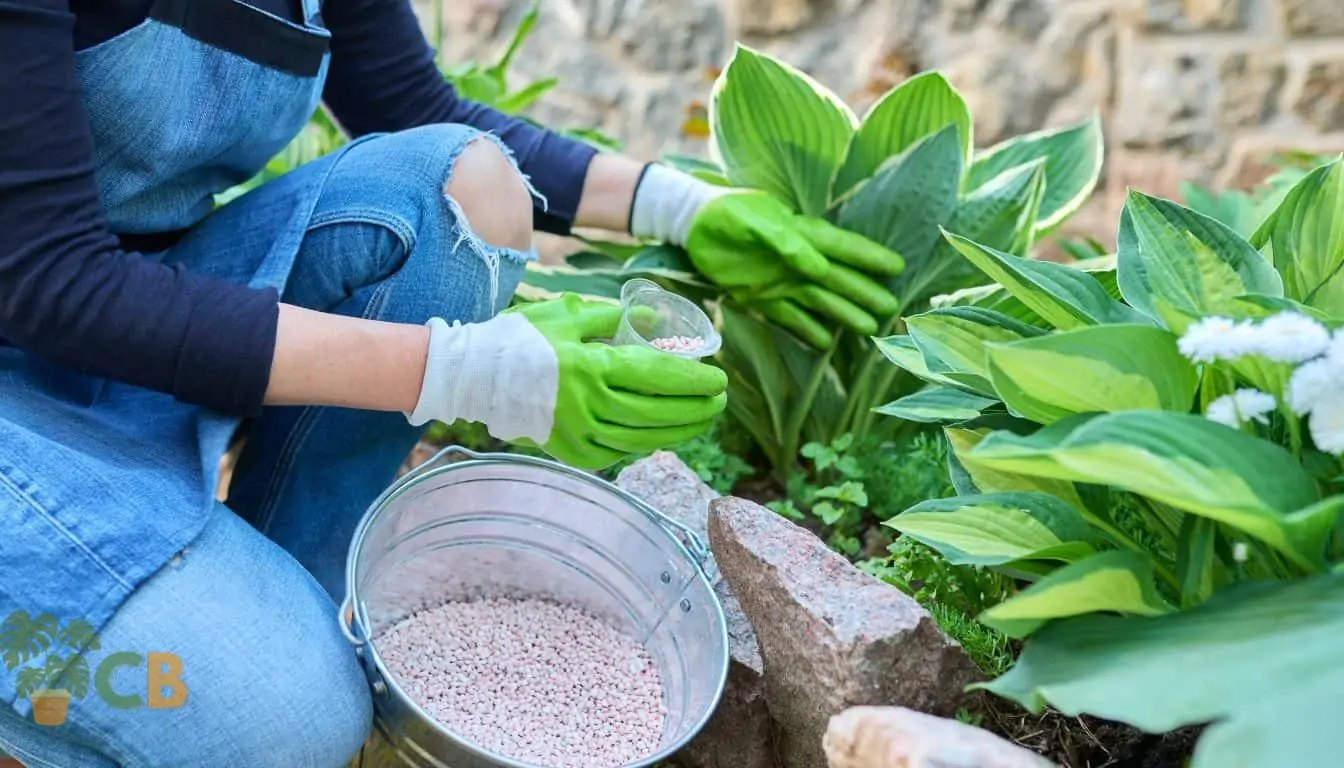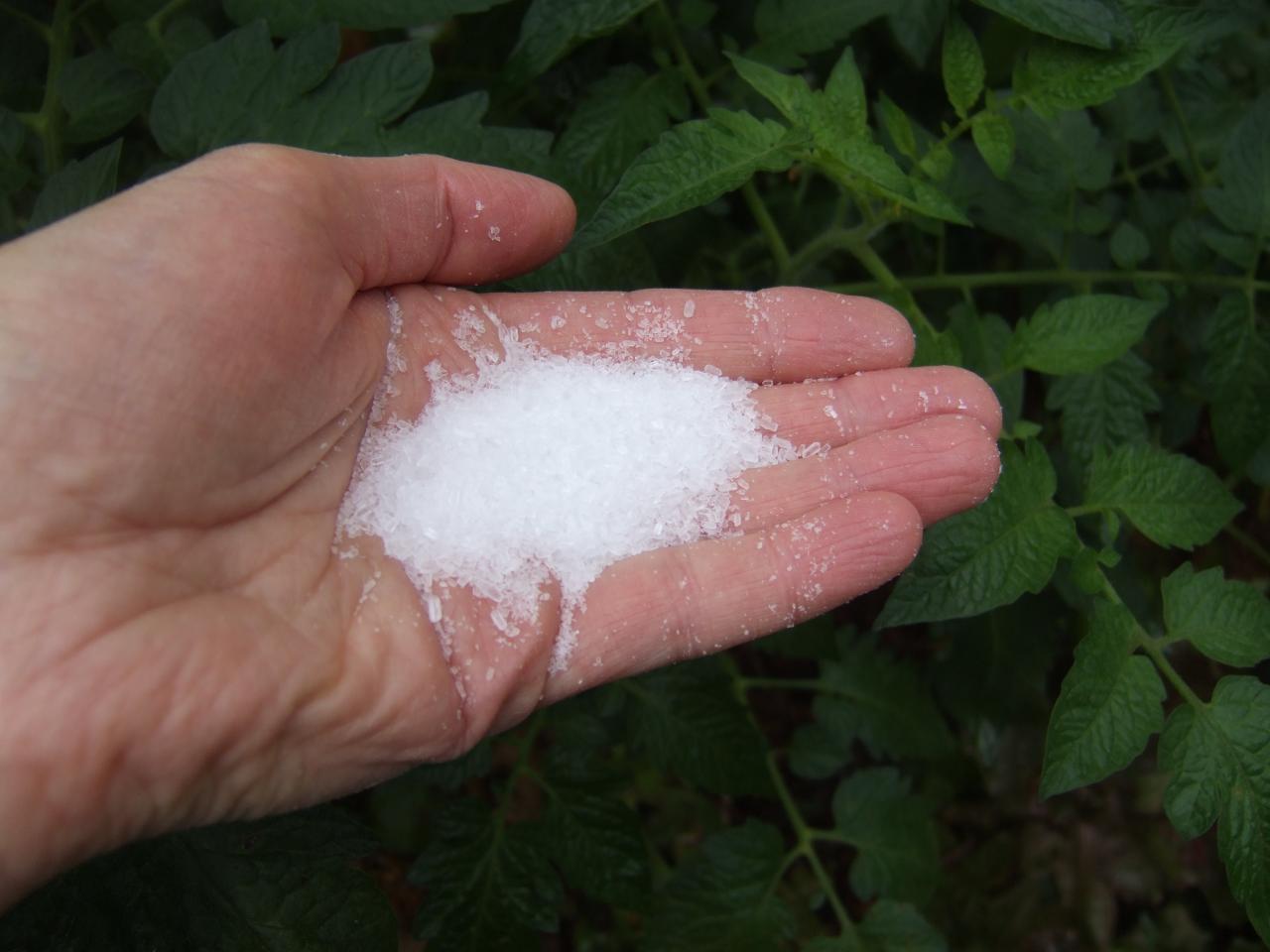What Plants Don't Like Epsom Salt and Their Alternatives
What Plants Don't Like Epsom Salt and Their Alternatives
Blog Article
Find Out About the Specific Plants That Are Detrimentally Impacted by Epsom Salt Application
Epsom salt, a prominent house remedy for numerous horticulture issues, is often praised for its valuable impacts on plant growth. However, not all plants react positively to its application. Comprehending the specific plants that can be adversely impacted by Epsom salt is essential for any type of gardener looking to maximize their plant care routine. Roses, tomatoes, peppers, azaleas, and rhododendrons are just a few examples of plants that might not react well to Epsom salt. The reasons behind these damaging effects and exactly how to alleviate them are necessary expertise for preserving a growing garden.
Roses

Roses, especially conscious changes in their environment, can be adversely impacted by the application of Epsom salt. While Epsom salt is typically used as a plant food to advertise plant growth and boost blooming, roses are one of the plants that do not react well to its application. The high magnesium material in Epsom salt can disrupt the uptake of various other vital nutrients by the rose plants, resulting in shortages that materialize as yellowing fallen leaves or stunted growth.

Tomatoes
While Epsom salt is often touted as a remedy for numerous plant concerns, including bloom end rot in tomatoes, its application can lead to harmful outcomes if not made use of carefully. Excessive Epsom salt, which is magnesium sulfate, can disrupt the fragile nutrient balance required by tomatoes, possibly leading to deficiencies in various other vital nutrients like calcium. When taking into consideration the use of Epsom salt on tomatoes, it is important to adhere to recommended application prices and dirt screening to avoid unplanned effects on the total wellness and productivity of these precious yard plants.
Peppers
Peppers, prized for their various colors and levels of spiciness, can show vulnerability to negative effects from Epsom salt when not applied with care and factor to consider for their certain dietary demands. what plants don't like epsom salt. Peppers, coming from the Solanaceae household, require a fragile balance of nutrients to thrive. While Epsom salt is known to improve magnesium levels in plants, excessive application can interrupt this balance, causing negative effects on pepper plants
When peppers are revealed to high levels of magnesium from Epsom salt, it can disrupt the plant's ability to take in other crucial nutrients like calcium and potassium. This imbalance might show up in signs and symptoms such as fallen leave discoloration, stunted growth, and minimized fruit production. In addition, the too much magnesium can modify the soil pH, more aggravating nutrient uptake problems for peppers.

Rhododendrons
Offered the level this hyperlink of sensitivity of certain plant varieties to inequalities brought on by Epsom salt, it is vital to take into consideration the effect on Rhododendrons, which likewise require details nutrient degrees to grow. Rhododendrons are acid-loving plants that like acidic soil conditions with a pH array between 4.5 and 6.0. Epsom salt, chemically understood as magnesium sulfate, can change the dirt pH and interrupt the delicate balance of nutrients important for Rhododendron wellness.

To maintain the ideal development and wellness of Rhododendrons, it is important to prevent the unplanned look here use Epsom salt and rather concentrate on giving the specific acidic dirt problems and nutrients that these plants need for thriving.
Azaleas
Azaleas, understood for their vivid blooms and wide array of colors, are ornamental hedges that come from the Rhododendron category. These popular blooming plants are commonly discovered in gardens, parks, and landscapes due to their charm and flexibility. Azaleas are sensitive to adjustments in soil pH degrees, which can substantially affect their growth and general wellness. While Epsom salt is generally made use of as a remedy for magnesium deficiency in plants, its application to azaleas can have negative results.
Azaleas like slightly acidic dirt conditions, and an extra of magnesium from Epsom salt can interrupt this balance, leading to nutrient inequalities and prospective toxicity issues. The wrong application of Epsom salt can result in stunted growth, yellowing of fallen leaves, and general decrease in the health and wellness of azaleas.
Verdict
Finally, it is necessary to be familiar with the certain plants that can be negatively impacted by the application of Epsom salt. Roses, tomatoes, azaleas, peppers, and rhododendrons are some instances of plants that might not gain from Epsom salt and might even endure harm. It is vital to study and understand the needs of each plant varieties before making use of Epsom salt as a fertilizer to ensure their wellness and health.
Recognizing the details plants that can be negatively impacted by Epsom salt is important for any gardener looking to optimize their plant care regimen. While Epsom salt is typically used as a fertilizer to advertise plant development and enhance blooming, roses are one of the plants that do not react well to its application.Extreme usage of Epsom salt can also result in a build-up of salts in the over at this website dirt, leading to root damage and dehydration of the rose plants. While Epsom salt is understood to enhance magnesium degrees in plants, extreme application can interrupt this stability, leading to negative effects on pepper plants.
The high salt content in Epsom salt can likewise dehydrate Rhododendron roots, creating further stress and anxiety and damage to the plant. (what plants don't like epsom salt)
Report this page